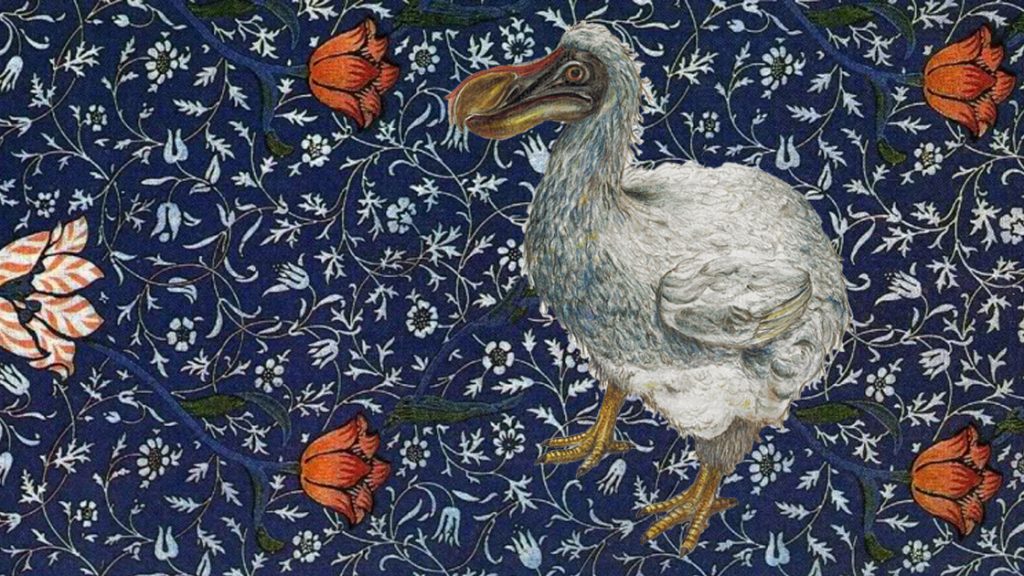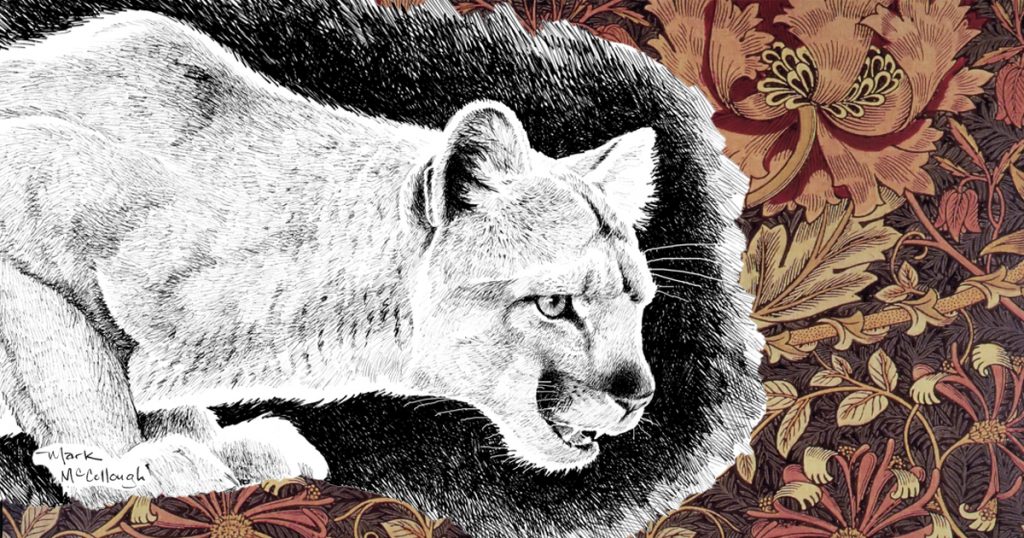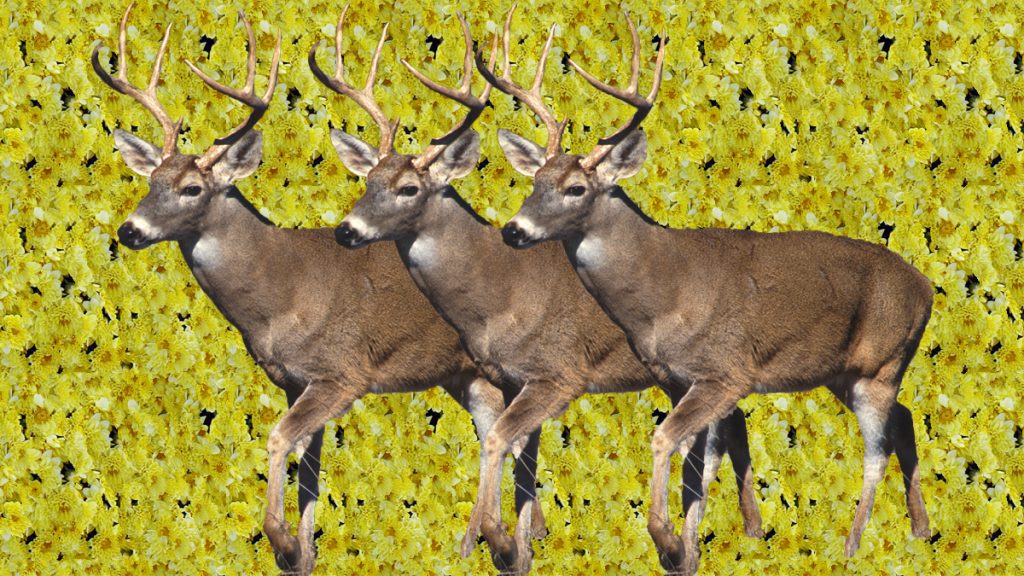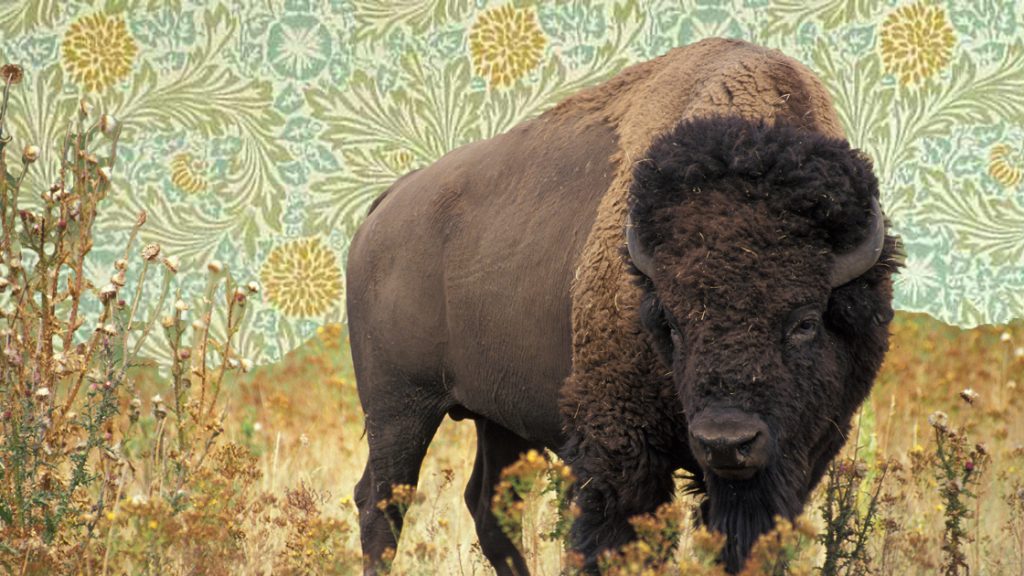
In early May, a shocking report grabbed headlines: Humans are driving an extinction crisis. A report by the Intergovernmental Science-Policy Platform on Biodiversity and Ecosystem Services (IPBES), part of the United Nations, found that unrestrained human activity will cause the extinction of around 1 million plant and animal species within the decade.
The report cited greenhouse gas emissions and rising global temperatures as major contributing factors to this extinction. It encouraged increased conservation efforts because current policies are not doing enough to slow this crisis. IPBES emphasized that biodiversity protects resources–like clean water and healthy soil–that humans depend on. Extinction will cause the breakdown of ecosystems and destroy those resources, potentially threatening the future of humanity.
Extinction is not a new threat, but it is an increasingly serious concern. Historic examples such as the extinction of the dodo bird, provide important context to the human impact. Contrary to popular belief, dodos were intelligent, strong, and well-adapted to their native Mauritian habitat. Thanks to Dutch colonization on the east African island and the introduction of new, non-native species, the dodo went extinct by the second half of the 17th century.

The dodo bird’s demise may seem like a far-off tale, but species have disappeared in Appalachia as well. Two of them, the passenger pigeon and the Carolina parakeet, had their final days (in the same cage) at the Cincinnati Zoo. Inca, a male Carolina parakeet, died in 1918 four years after, Martha, a female passenger pigeon.
Both species were decimated, like the dodo, because of exploitive human behavior. In the case of the passenger pigeon, the historically and evolutionarily large flocks were over-hunted to the point of no return. The Carolina parakeet, on the other hand, faced a variety of threats, including deforestation, hunting, and exploitation for their colorful feathers.
Nor are birds the only terrestrial animals that have gone extinct in the region. Appalachia also lost the eastern elk and eastern cougar. Although extinct, conservation efforts are introducing related species of elk, like the Rocky Mountain elk, to the eastern U.S. The eastern cougar, a subspecies of the North American cougar population, is gone, though the western cougar may be expanding its range eastward.

The tragedy of the current extinction crisis is real, but not all hope is lost. The white-tailed deer, now ubiquitous throughout Appalachia and beyond, was once an endangered species facing extinction.
These herbivores, who get their name from the white hair on the underside of their tail, live in the fields, meadows, backyards, and coniferous forests of North and South America. Throughout the Appalachian states, the white-tailed deer has played a pivotal role in defining the culture and landscape. In Pennsylvania, the white-tailed deer was an important food source for Native Americans and later European settlers. The hides were also used in clothing and other goods. Today, it is the state animal of Georgia, Ohio, Pennsylvania, and South Carolina.

The arrival of European settlers was the beginning of trouble for the deer population. The settlers extensively hunted the deer. Unrestricted hunting meant that hunters could kill as many deer as they wanted. Records from the 1800s show hunters killing seven deer in a day and 100 deer just in during the autumn season.
Regulations on hunting–how much and when people could hunt–were finally put in place by the end of the 1800s as the deer population was reduced to levels that today would land it on the endangered species list. Spotting a deer was still rare as recently as the 1930s. However, continued regulation efforts, suburbanization, and the reproductive productivity of the species meant the deer population rebounded.
The white-tailed deer, unlike the dodo, passenger pigeon, or Carolina parakeet, was lucky that it recovered from the brink of extinction.
The story of the passenger pigeon, in particular, shares several commonalities with the white-tailed deer: It was once an abundant species (as many as 5 billion birds at its height) that was over-hunted when European settlers arrived. By the mid-1800s, like the deer, the species was endangered. Many scientists theorize the tragedy in the case of the passenger pigeon was that the species couldn’t adapt to reduced flock sizes. As unregulated hunting demolished them, the birds were unable to recover and were almost gone by the early 1890s. In 1914, Martha, the last passenger pigeon died, and with her the species.

Even though the white-tailed deer population is now strong, it is crucial to remember past human misdeeds so that the current population is managed in a responsible and sustainable way.
White-tailed deer have been described as nuisances. Though there is merit to this opinion–white-tailed deer destroy understory plants, collide with cars, and transmit Lyme disease– this generalization lacks important nuance.
“People like to see the world as black and white but everything has to be done in moderation,” said Professor Eugene Potapov, assistant professor of biology at Bryn Athyn College, near Philadelphia. “The majority of the problems are created by humans.” This is especially true in the case of the white-tailed deer.

“In a natural system without human intervention, the deer population would be controlled by lack of food,” said Josh Bruce, research and restoration coordinator at Pennypack Ecological Restoration Trust.
By altering the natural landscape through urbanization, logging, and mining, humans have created an environment in which the deer can thrive. With fewer natural predators, such as bobcats or wolves, the safety of suburban gardens, and a milder climate due to climate breakdown, deer take advantage of a changed ecosystem.
The white-tailed deer is the symbol of a larger problem: Conservation in a world already dramatically changed. As humans emit greenhouse gases and destroy more forests for agriculture, industry, or housing, the question of which species can and cannot be saved becomes more difficult. Even if a species can be saved managing it to ensure the well-being of the entire ecosystem becomes the next challenge.
There are many positive conservation efforts around the world working to save species, from the orangutan in Southeast Asia to the golden-winged warbler in Appalachia. In terms of the deer population, conservationists, hunters, and scientists need to continue working together to maintain a healthy population.
This story is the first of two stories concerning white-tailed deer.
Annie Chester is a writer and co-founder of expatalachians. She writes on environment and culture in Appalachia and abroad. She was an English teacher on the Island of Corsica, France. Now, she’s an Appalachian Food Justice Fellow.
Subscribe to The Patch, our newsletter, to stay up-to-date with new expatalachians articles and news from around Appalachia.


